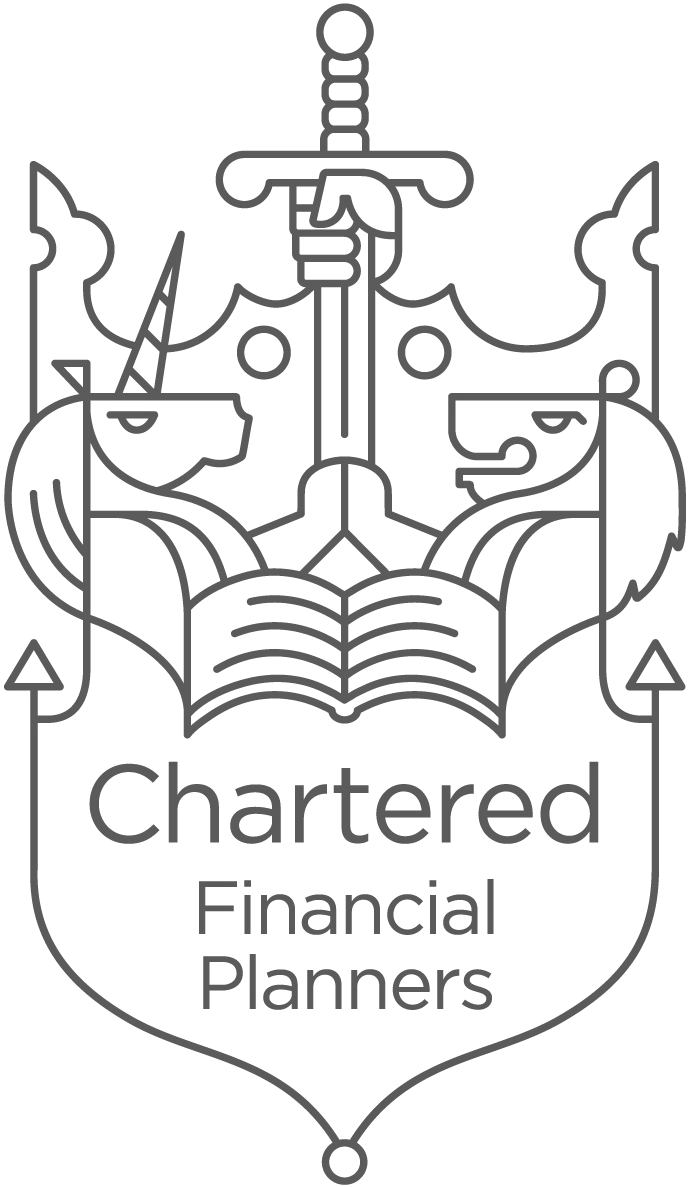Changes to the taxation of pension death benefits were introduced in 2015. These changes allow you to pass on your pension pot from generation to generation in a tax-efficient manner. Since then, if death occurs before the age of 75, your pension fund can be passed on tax-free to a beneficiary. If death occurs after 75, the fund can be drawn by a beneficiary at their own marginal rate of tax.
A beneficiary will have the option to receive the death benefits either as a lump sum, drawdown or an annuity. The definition of a beneficiary is much wider than that of a dependent, allowing considerable freedom in choosing who you want to benefit from your pension fund. If death benefits are paid as a lump sum, those benefits would form part of your beneficiary’s estate. Therefore, an efficient way to pass on death benefits is to consider ‘dependents drawdown.’ This would allow your beneficiary to continue to enjoy the tax advantages associated with investing in a pension, whilst allowing them to draw income as and when required.
The fund could then be used as a further legacy for them to pass on to their own beneficiaries. It is important that death benefit nomination forms are reviewed as individuals who you want to have the option to benefit from dependents drawdown will need to be included on these. Pensions should also be considered in the context of IHT and alongside any Will planning. It is also important to review whether your pension scheme provides for those flexibilities.


